Shirley Higuchi, June 1977 Photographer: Cecil Lockard

Year:
1977
Copyright
Copyright Protected
- Read more about Shirley Higuchi, June 1977
- Log in or register to post comments
Shirley Higuchi, June 1977 Photographer: Cecil Lockard

Year:
1977
Copyright
Copyright Protected
- Read more about Shirley Higuchi, June 1977
- Log in or register to post comments
Shirley Higuchi, July 1981 Photographer: Larry E. Wright
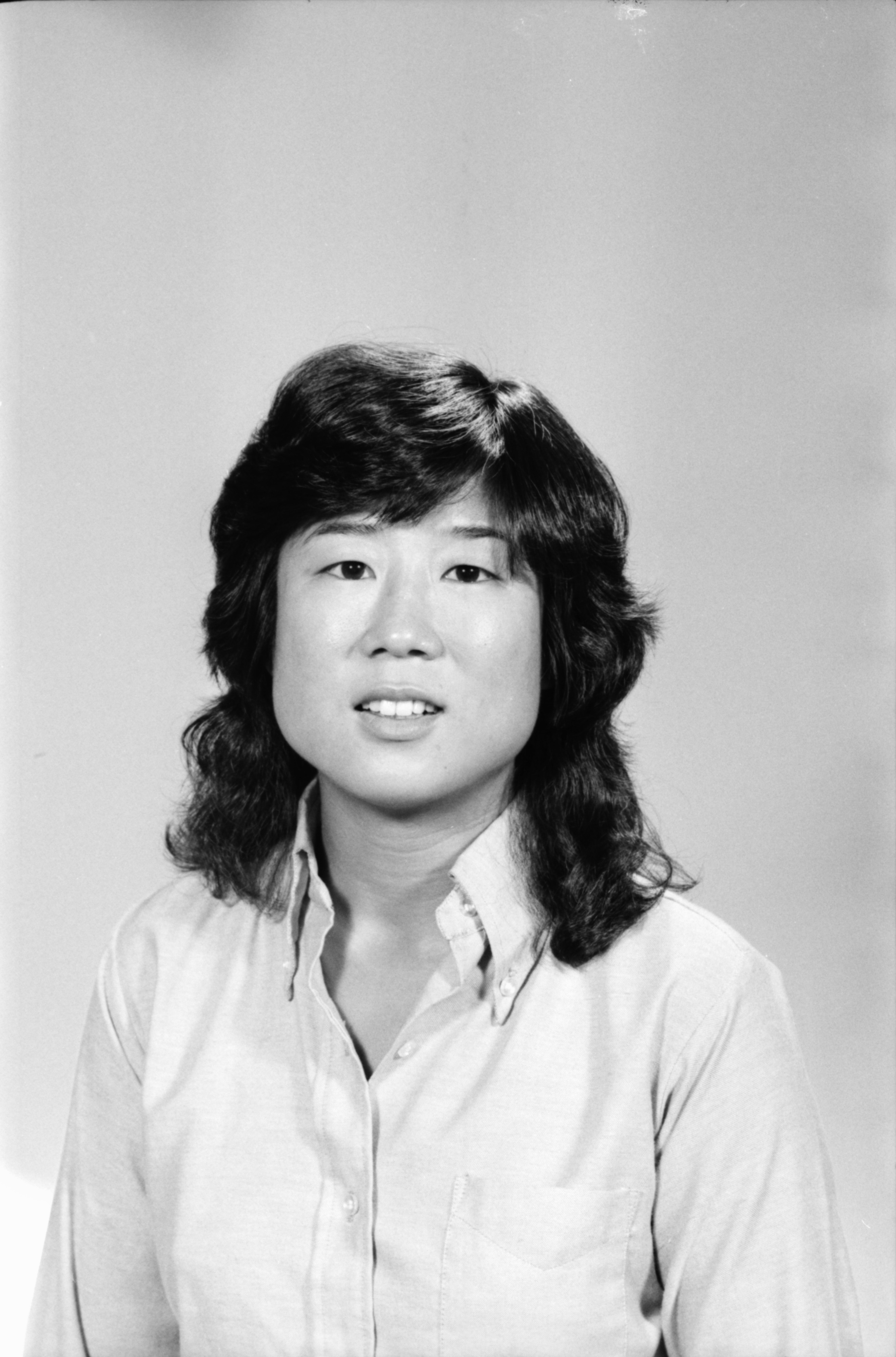
Year:
1981
Copyright
Copyright Protected
- Read more about Shirley Higuchi, July 1981
- Log in or register to post comments
Joan S. Schuman and Setsuko Higuchi plan a party for the Newcomers Group of the Faculty Women's Club, March 1964 Photographer: Duane Scheel

Year:
1964
Published In:
Ann Arbor News, March 6, 1964
Caption:
PLAN SEASONAL FOODS PROGRAM: Mrs. Stanley H. Schuman (left) and Mrs. William Higuchi (right) are getting right into the swing of things as they make plans for a seasonal foods party given by the Newcomers Group of the Faculty Women's Club to be held at 7:30 p.m. Wednesday at the Michigan Consolidated Gas Co. Mrs. Diane Cook and her staff a the company will give the foods demonstration. The prepared foods will be presented as door prizes and a coffee hour will complete the evening's events. Mrs. Gordon L. Thorpe, 1055 Western, is accepting reservations.
Ann Arbor News, March 6, 1964
Caption:
PLAN SEASONAL FOODS PROGRAM: Mrs. Stanley H. Schuman (left) and Mrs. William Higuchi (right) are getting right into the swing of things as they make plans for a seasonal foods party given by the Newcomers Group of the Faculty Women's Club to be held at 7:30 p.m. Wednesday at the Michigan Consolidated Gas Co. Mrs. Diane Cook and her staff a the company will give the foods demonstration. The prepared foods will be presented as door prizes and a coffee hour will complete the evening's events. Mrs. Gordon L. Thorpe, 1055 Western, is accepting reservations.
Copyright
Copyright Protected
Joan S. Schuman and Setsuko Higuchi plan a party for the Newcomers Group of the Faculty Women's Club, March 1964 Photographer: Duane Scheel

Year:
1964
Copyright
Copyright Protected
Joan S. Schuman and Setsuko Higuchi plan a party for the Newcomers Group of the Faculty Women's Club, March 1964 Photographer: Duane Scheel
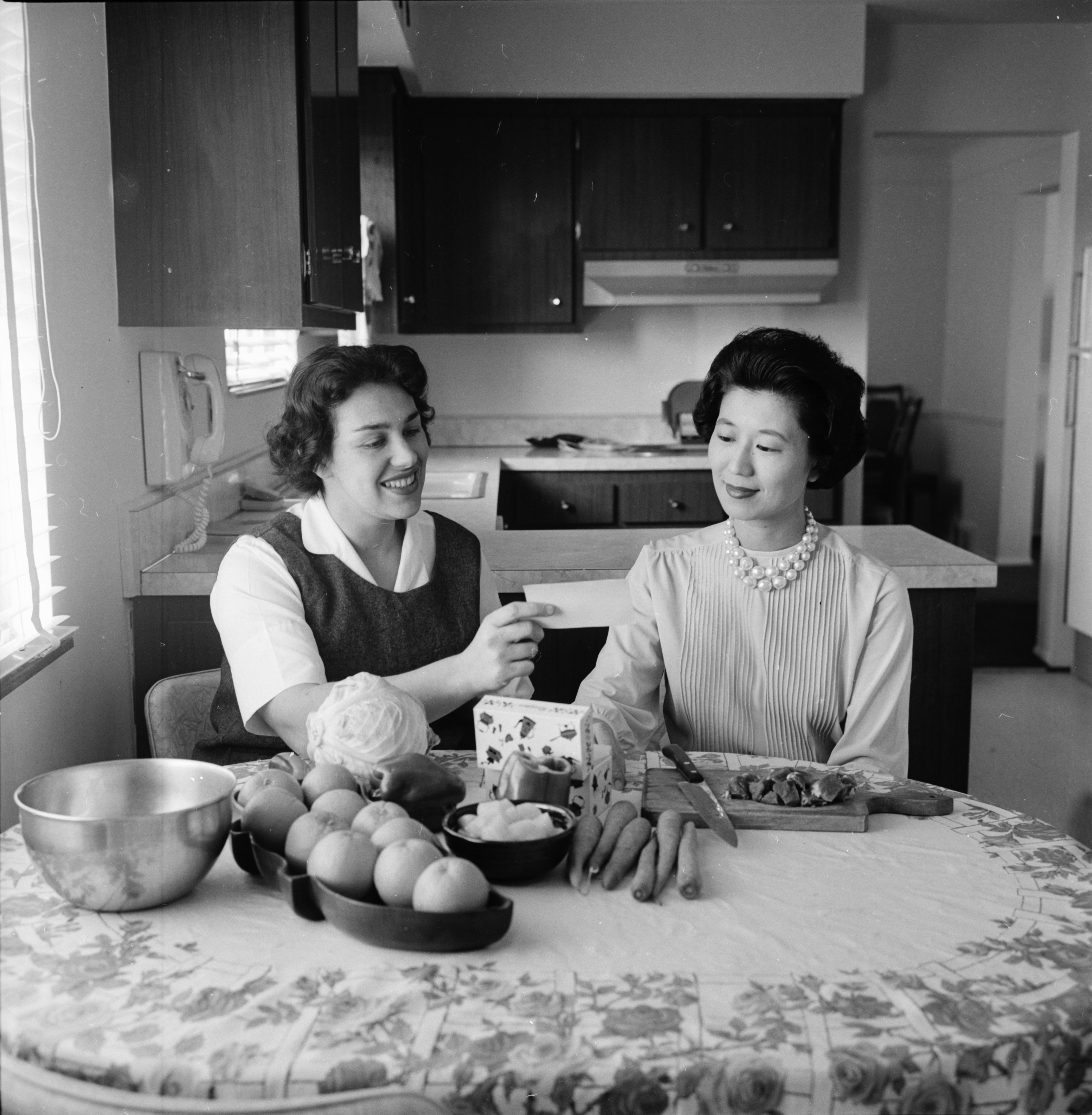
Year:
1964
Copyright
Copyright Protected
Shirley Higuchi, July 1981 Photographer: Larry E. Wright
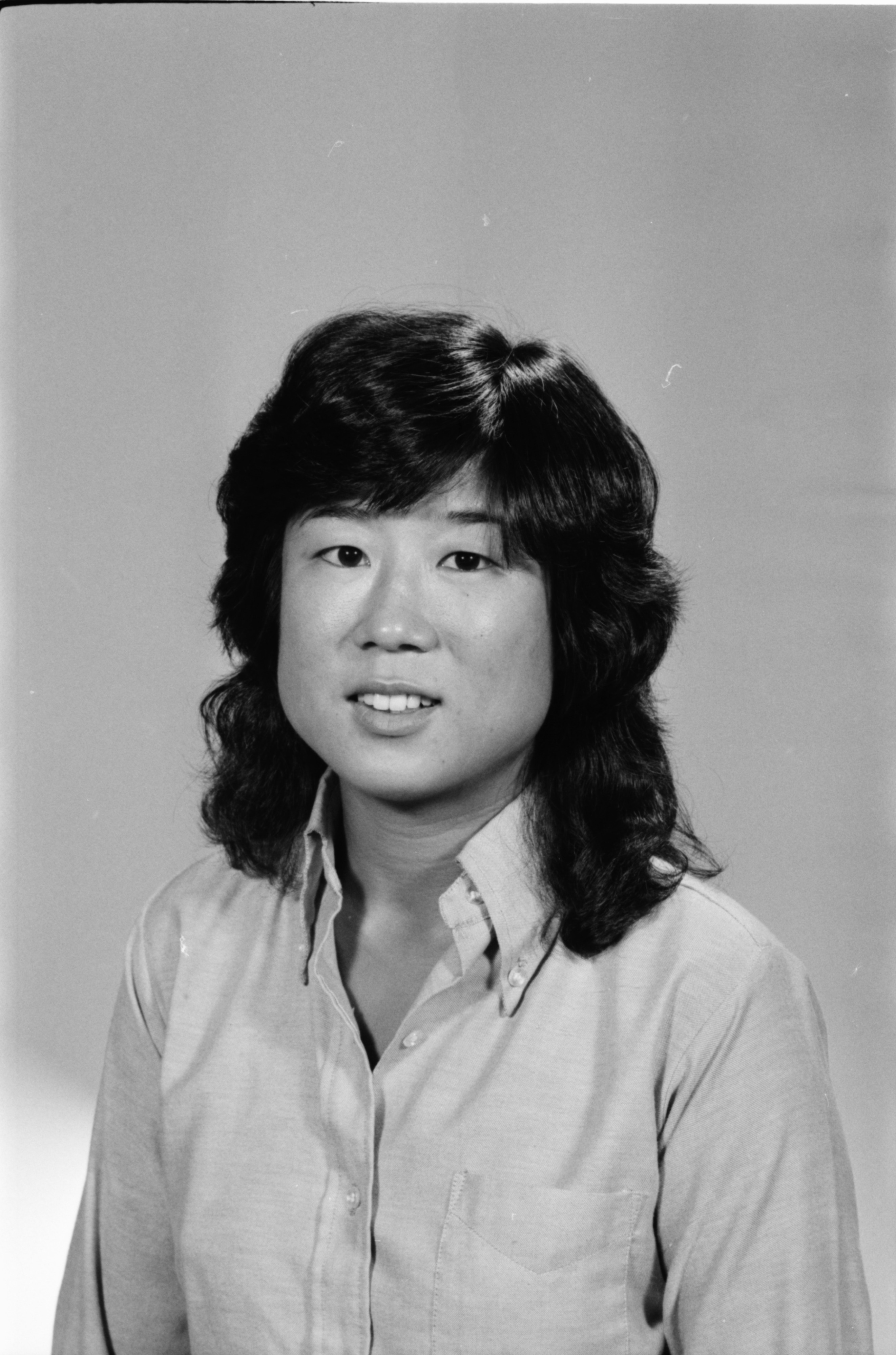
Year:
1981
Published In:
Ann Arbor News, August 1, 1981
Caption:
Shirley Higuchi, a University of Michigan graduate, earned a Robert F. Kennedy fellowship for her work as a juvenile justice analyst.
Ann Arbor News, August 1, 1981
Caption:
Shirley Higuchi, a University of Michigan graduate, earned a Robert F. Kennedy fellowship for her work as a juvenile justice analyst.
Copyright
Copyright Protected
- Read more about Shirley Higuchi, July 1981
- Log in or register to post comments
Student Suspension harmful, says report
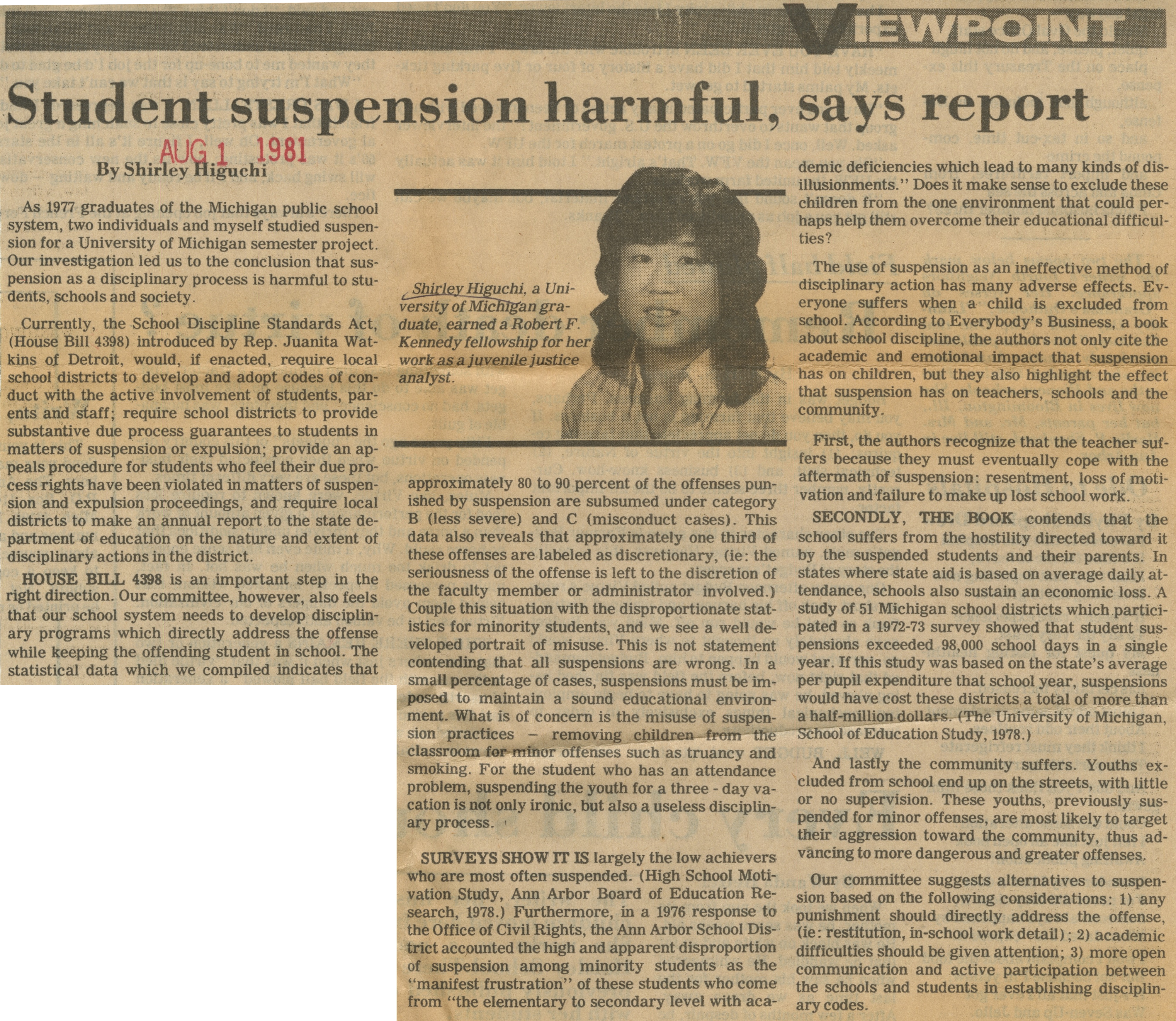
Parent Issue
Day
1
Month
August
Year
1981
Copyright
Copyright Protected
- Read more about Student Suspension harmful, says report
- Log in or register to post comments
Tooth Decay Processes Studied
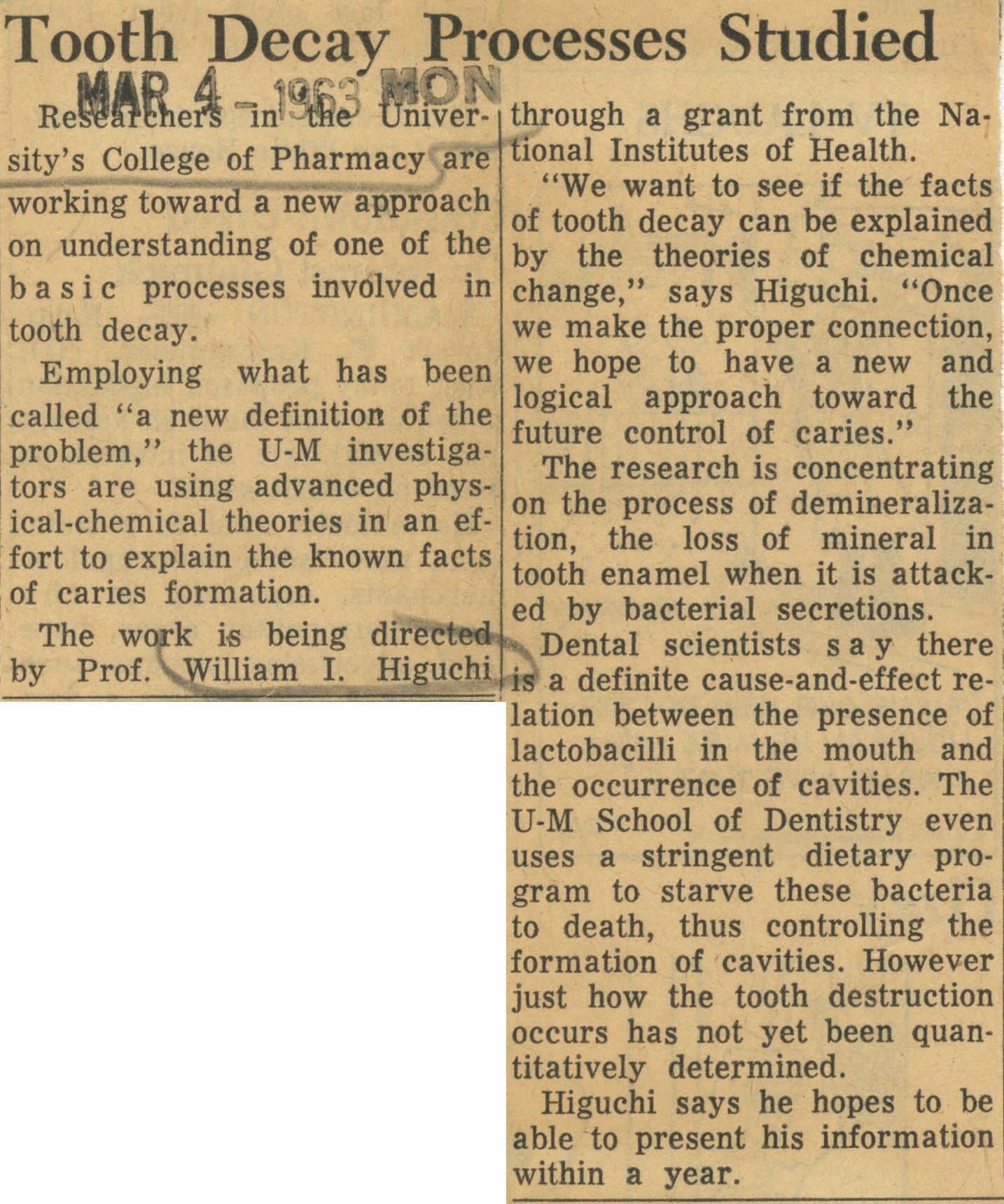
Parent Issue
Day
4
Month
March
Year
1963
Copyright
Copyright Protected
- Read more about Tooth Decay Processes Studied
- Log in or register to post comments
Dr. Higuchi Given Honor

Parent Issue
Day
11
Month
May
Year
1968
Copyright
Copyright Protected
- Read more about Dr. Higuchi Given Honor
- Log in or register to post comments